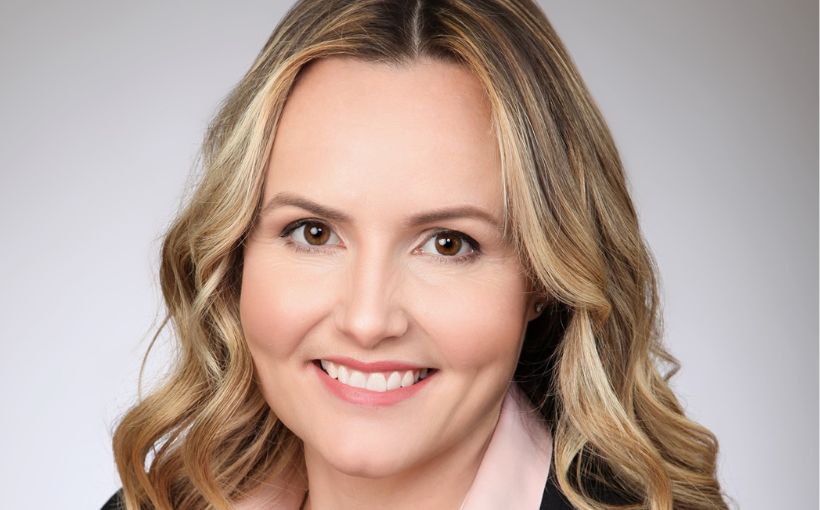
C&W’s Marsales Provides National Office Market Outlook
In the second of a two-part interview, Allison Marsales, head of Canadian brokerage for Cushman & Wakefield, provides her outlook on Canada’s office real estate market. In Part I, she provided her insights on increased vacancy and subleasing activity in the national industrial property market
What’s your general take on the figures published in C&W’s Canadian first-quarter office report?
You’re still feeling the pain in office. I’m not entirely sure we’re going to see improvement in that until ’25. Our overall vacancy reached 7.1% in the first quarter. If you look on the aggregate, that’s [up] 120 basis points year-over-year. From the industrial, which I just talked about, in terms of that creep up from a basis-point perspective, we’re seeing the reverse right now. When you look quarter-over-quarter, we’re seeing [the office vacancy increase] come down 70, 60, 50 [bps.] So, we’re seeing the reverse trend from the industrial right now. Obviously, [office vacancy] is just going up. It’s going to continue to go up, but it’s moving at a slower pace.
The overall absorption reached a negative of 830,000 square feet [in the first] quarter. So that’s an improvement from last quarter.
Do you have a sense of where lease rates are going?
Lease rates are really interesting right now. To be honest, we’ve been seeing lease rates hold for the longest time. I mean, even when you looked through the dark days of the pandemic, we still saw those lease rates hold, particularly in the A class and triple-A-class buildings. But the [net asking rates] are being impacted because we’re seeing certain asset classes — whether that is A class, B and C class — start struggling. A lot of landlords, for the right tenant, are going to be very aggressive and, obviously, increase inducements. Free rents are something that we’re continuing to see.
What pressures do you see the market facing this year?
The return-to-office conversation is something that a lot of organizations are still having to deal with. We’re still seeing companies trying to figure out what their space requirements are. And, that has been a difficult conversation because, I think, it’s been such an evolution. There’s still a divergence with some companies that are feeling, with the type of business they’re in, that may require less space. That obviously impacts the office markets.
We’re continuing to see the slower pace because companies are making decisions right now. They’re a lot more confident in terms of the directions that they’re going, and they’re making those decisions. But, obviously, it’s still an evolution.
As these tenants consider consolidations and reduced workspaces, how is the situation challenging your company?
I don’t feel like it’s challenging our company. In real estate, movement is what we are there to help service. Whether a company is growing or downsizing, we go through that analysis and make sure that we’re helping them make the best decisions to be the strongest and create the space that’s going to work best for their people. What’s important to us is that people are making decisions, that people are, for the most part, ready to move into that next evolution of whatever that office space looks like for their organization.
What effect do you think lower interest rates will have on the office market?
I think that you’re going to see some people capitalize on the office side of things. But I still think that there’s a lot of people that are very apprehensive on the value of an office for organizations. I still think that conversation makes people nervous.
We continue to see, obviously, the flight to quality but that triple-A office category? I wonder if we’re going to have enough of that product. The big thing for me is: You’re seeing a lot of velocity in best in class. But when you look at lower-class office, that velocity is not strong. And, when you look at all those B and C class office [properties], in a lot of cases there’s almost a new life that needs to be thought of.
What is your take on the office conversion movement?
There’s probably a good opportunity for a lot of different types of assets. There’ll be a great opportunity for some groups who are very creative and can take advantage of new conversions. The conversion conversation, though, is not an easy one.
It involves understanding, obviously, the office product. It involves the support of regulatory bodies, provincial governments. But I certainly feel that’s something that there’s going to continue to be opportunities around.
What’s your take on the potential for office conversions in Ontario, based on some of the things that you’ve alluded to?
In Ontario, it’s definitely a more complicated conversation. While there is opportunity out there, I don’t know that we’ll see the same velocity that we’ve seen in other markets like Calgary, for example.

